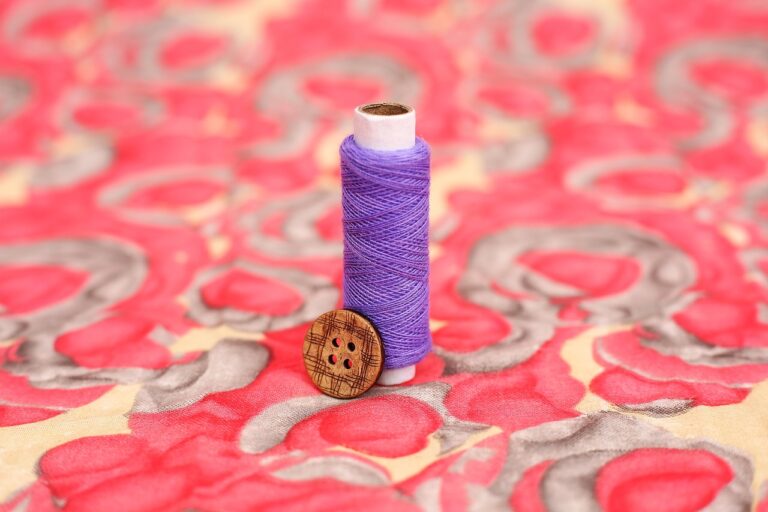Fashion and Cultural Identity: Expression Through Clothing
Fashion has always been a significant part of cultural identity, serving as a powerful form of self-expression and a means of communicating heritage, tradition, and values. Clothing has the unique ability to showcase a person’s individuality while also reflecting broader cultural influences and societal norms. In this article, we will explore the intricate relationship between fashion and cultural identity and delve into how clothing can be a tool for expressing one’s heritage, beliefs, and sense of belonging.
The Role of Fashion in Cultural Identity
From traditional attire to modern streetwear, fashion plays a crucial role in shaping our cultural identity. The clothes we wear often serve as a visual representation of our background, beliefs, and values. Whether it’s through the colors, patterns, or materials used in garments, fashion can communicate a wealth of information about who we are and where we come from.
Expression Through Clothing
One of the most powerful aspects of fashion is its ability to serve as a form of self-expression. Through the clothes we choose to wear, we can show the world a glimpse of our personality, interests, and cultural heritage. For many people, clothing is a means of celebrating and honoring their roots, whether that be through traditional attire or contemporary fashion inspired by their cultural background.
For example, in many Indigenous cultures, traditional clothing is deeply intertwined with spiritual beliefs, ancestry, and community identity. The vibrant colors, intricate beadwork, and symbolic designs found in Indigenous garments tell a story of resilience, connection to the land, and a shared history that has been passed down through generations.
Similarly, in countries like Japan, traditional clothing such as the kimono is not just a piece of fabric to be worn but a symbol of national pride and cultural heritage. The meticulous craftsmanship, rich symbolism, and timeless elegance of the kimono reflect Japan’s rich history and unique traditions.
Globalization and Cultural Fusion
With the rise of globalization and the interconnected nature of the modern world, fashion has become an increasingly diverse and inclusive space. Cultural fusion is a common theme in contemporary fashion, as designers and consumers alike draw inspiration from a myriad of cultures and traditions to create unique and innovative looks.
This blending of cultural influences can be seen in everything from runway collections to street style, with designers like Yohji Yamamoto, Stella Jean, and Dries Van Noten incorporating elements of different cultures into their designs. This cross-pollination of ideas not only leads to exciting new trends but also promotes a deeper appreciation and understanding of diverse cultures around the world.
FAQs
Q: How does fashion contribute to cultural preservation?
A: Fashion plays a crucial role in preserving cultural heritage by keeping traditional techniques, materials, and designs alive. By incorporating elements of their cultural identity into contemporary fashion, designers can ensure that age-old traditions continue to be celebrated and passed down to future generations.
Q: Can fashion be a form of cultural appropriation?
A: While fashion has the power to bring people together and celebrate diversity, it can also be a source of cultural appropriation if done insensitively or without proper acknowledgment of the origins of certain designs or motifs. It’s essential for designers and consumers to approach cultural influences with respect and understanding to avoid perpetuating harmful stereotypes or misappropriating sacred symbols.
In conclusion, fashion serves as a dynamic and multifaceted medium through which individuals can express their cultural identity, celebrate their heritage, and connect with others around the world. By understanding the rich history and significance of clothing as a form of self-expression, we can appreciate the role that fashion plays in shaping our cultural landscape and fostering a sense of unity and diversity.







